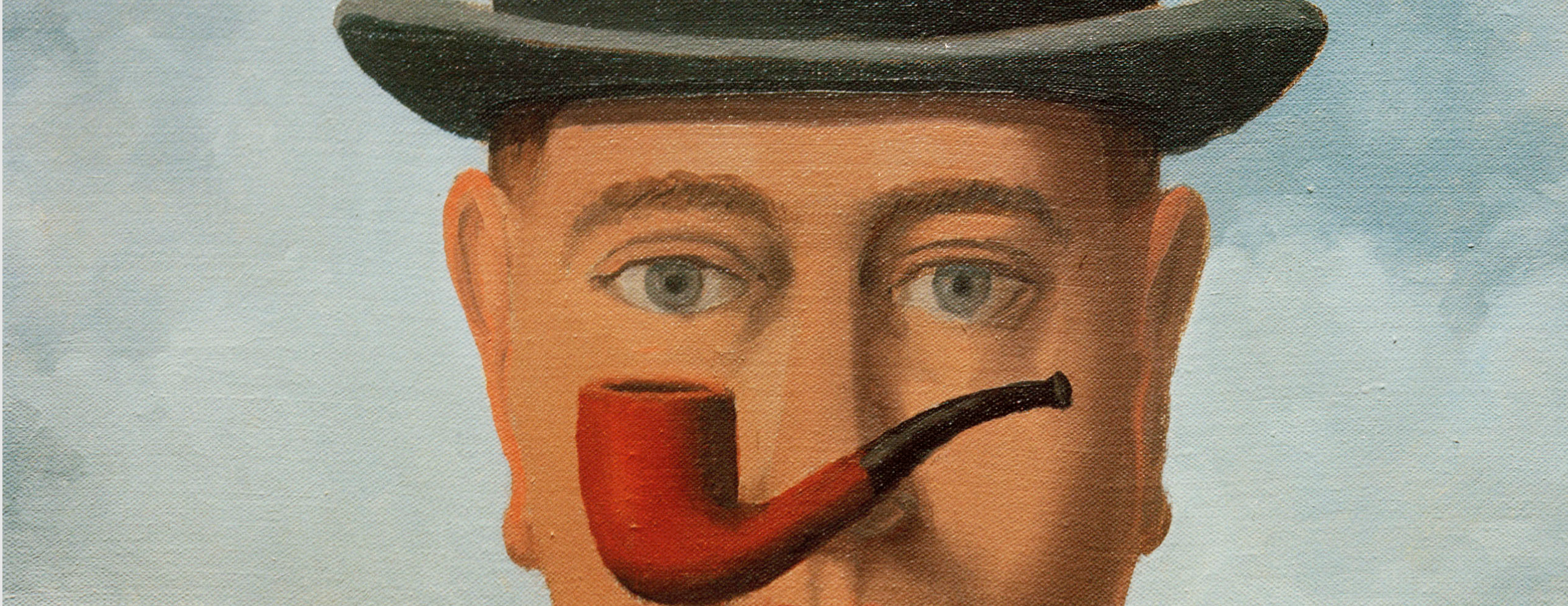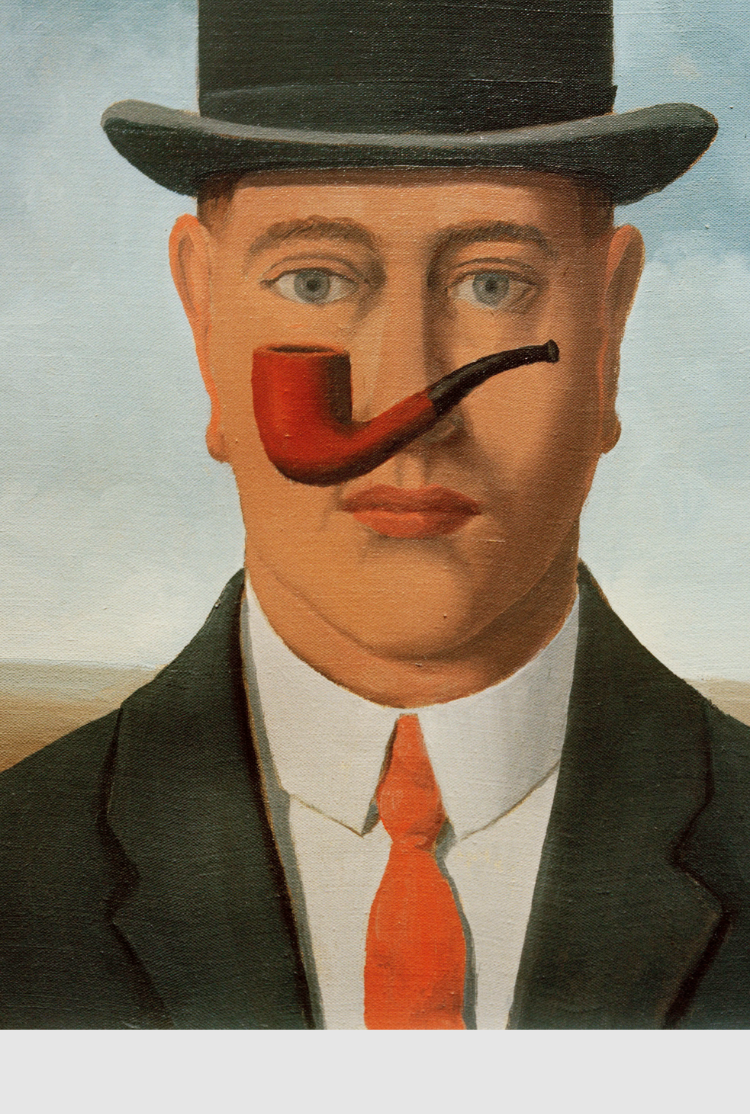Often called the “Leonardo of the North,” Albrecht Dürer (1471–1528) was one of the greatest artists of the Renaissance. Like his Italian contemporary Leonardo da Vinci, Dürer was not only a painter but also a master draftsman, printmaker, and thinker whose work reshaped European art.
From his training in Michael Wolgemut’s Nuremberg workshop to his groundbreaking engravings like Melencolia I and Knight, Death and the Devil, and his iconic watercolours such as the Young Hare and Great Piece of Turf, Dürer combined technical precision with profound spiritual meaning.
This video traces Dürer’s journey: his Wanderjahre travels, his revolutionary woodcuts and engravings, his connection to the upheavals of the Reformation, and the way his art bridged science, faith, and human creativity. Whether in his detailed nature studies, portraits, or monumental series like the Apocalypse, Dürer pushed every medium to new expressive heights.
Content produced by: TheHistoryOfArt
To learn more about Renaissance art, click here!
Discover



